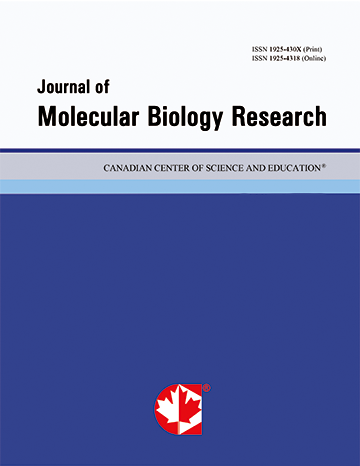Biofilm of Pseudomonas aeruginosa in Nosocomial Infection
- Z. Mahmmudi
- A. A. Gorzin
Abstract
Bacteria in natural, industrial and clinical settings predominantly live in biofilms, i.e., sessile structured microbial communities encased in self-produced extracellular matrix material. One of the most important characteristics of microbial biofilms is that the resident bacteria display a remarkable increased tolerance toward antimicrobial attack. Biofilms formed by opportunistic pathogenic bacteria are involved in devastating persistent medical device-associated infections, and chronic infections in individuals who are immune-compromised or otherwise impaired in the host defense. Because the use of conventional antimicrobial compounds in many cases cannot eradicate biofilms, there is an urgent need to develop alternative measures to combat biofilm infections. The present review is focussed on the important opportunistic pathogen and biofilm model organism Pseudomonas aeruginosa. Initially, biofilm infections where P. aeruginosa plays an important role are described. Subsequently, current insights into the molecular mechanisms involved in P. aeruginosa biofilm formation and the associated antimicrobial tolerance are reviewed. And finally, based on our knowledge about molecular biofilm biology, a number of therapeutic strategies for combat of P. aeruginosa biofilm infections are presented.
- Full Text:
 PDF
PDF
- DOI:10.5539/jmbr.v7n1p29
Index
Contact
- Grace BrownEditorial Assistant
- jmbr@ccsenet.org
